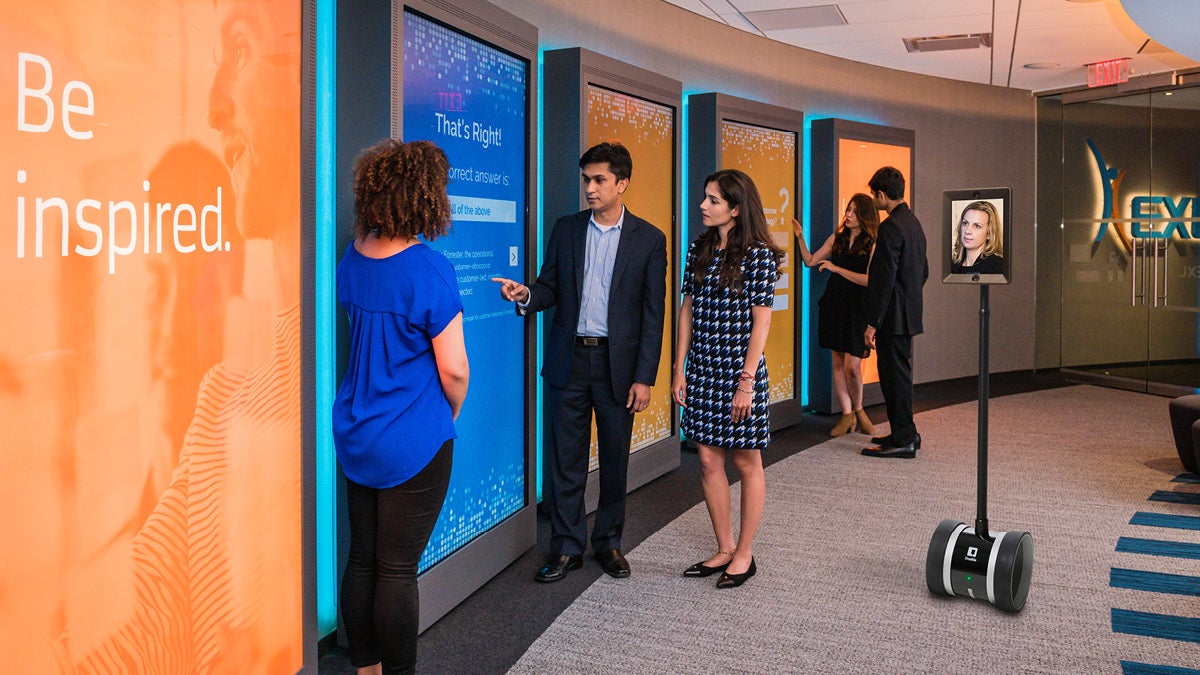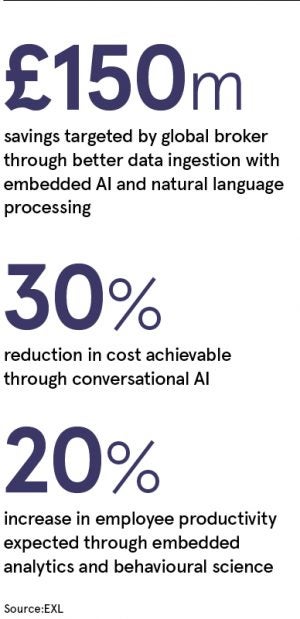
The historic insurance sector may have lagged behind its close counterparts in financial services and other industries when it comes to embracing innovation, but C-suite leaders are waking up to the huge opportunities. Customer interactions are increasingly led by chatbots, drones have significantly reduced the time to damage assess a disaster and insuretech startups are enabling consumers to file claims and get paid in minutes.
If concerns about digital disruption weren’t already causing ripples in the boardrooms of incumbent insurance firms before coronavirus, they certainly are now. Digital offerings leapfrogged seven years of progress in a few short months of the pandemic, according to research by McKinsey, and drove a surge in interest in accelerating digital transformation within the insurance community to help embed operational resilience.
As exciting as that may sound for insurance customers, one key barrier has traditionally stood in the way of any digital acceleration: legacy. Nine out of ten legacy insurers struggle with archaic infrastructure, according to a study by operations management and analytics firm EXL, and many are still stuck on systems from the 1970s or 80s. Meanwhile, agile startups are able to better meet their customers’ expectations.
There is a $1-trillion insurance gap. Filling that will rely on a deeper, more ongoing relationship, powered by AI
“There was certainly a big surge in insurance companies coming to us wanting to speed up their digitalisation programmes and operational resilience was a principal reason,” says Raghav Jaggi, senior vice president at EXL, which gives organisations the power to transform and grow sustainable businesses.
“Companies are looking at what levers they can pull to increase their margins, deliver shareholder value and enhance their capability to serve customers. But legacy infrastructure is not a band aid you can just rip off; transformation requires completely new wiring and plumbing. And that kind of change management requires a super-sensitive knowledge and approach.
“And that knowledge has to extend to the end customer. Insurance is very broad: global markets for large businesses, specialty markets and syndicates, and then the personal lines. We know customers in all sectors don’t want to have to key in data or repeat information again and again. Particularly for consumers and small and medium-sized enterprises, it has to be a seamless digital experience because that’s what people are accustomed to now.
“The real opportunity, however, is in how large corporations buy and get serviced on their insurance policies. We can help make every process and experience from an end-client to a broker to a carrier to a reinsurer more seamless by technology.”
Up to 70% of large-scale change programmes are estimated to fail. Digital transformation is difficult to achieve in any industry, let alone one as old as insurance. Mostly this is because they aren’t customer or market driven, though insurance firms are now increasingly understanding they must establish the customer requirements first and then allow the technology to follow. Equally, transformation should be an iterative process, accepting small failures and scaling up the successes.
EXL sees digital transformation of insurance in three phases, starting with automation of processes. But while companies might have been improving processes, they weren’t fundamentally changing how they interact with clients. The second phase, which is where most advanced insurers are arriving now, is customer-driven transformation. Though organisations are undoubtedly still focused on driving efficiencies, if they aren’t changing how they interact with customers, the transformation isn’t achieving its goals. This is all, however, heading towards a third phase: artificial intelligence (AI) as the operating system of choice.
“That means moving everything on to a learning loop,” says Ankor Rai, chief digital officer at EXL. “All the data is entered by AI rather than manually by humans, customers’ conversations are with AI and companies take decisions using not just their own data but third-party data too. It constantly informs and improves itself, so is dynamic and intuitive. Data is the key to powering a frictionless customer experience with service at the speed of desire and AI-driven personalisation to each customer and their behaviour.
“Insurance companies want to move away from interacting with their customers once every six months or year at the time of renewal or a calamity. Filling the $1-trillion insurance gap, which is caused by the huge number of people who don’t have cover that’s right for them, relies on a deeper, more ongoing relationship, powered by AI.”
A global broker deployed EXL’s Xtrakto.AI, the company’s proprietary AI-at-scale solution, to ingest data from various sources, digitalise it and then enable the input which eliminated the entire need for a manual effort into their legacy systems. Even though legacy still exists on one side, the company can create wrappers that bring the newest and greatest techniques to bridge that gap, without having to rip it out entirely. Another advantage of infusing AI into operations is the ability to extract more data from insurance documents and then feed back into key business areas, such as how to improve underwriter decision-making.

For 20 years, EXL has been deepening its insurance-domain expertise, while creating best-in-class data, analytics and digital technology, and ensuring both “sides” understand and inform each other. That way it can design and manage the agile, customer-centric operating models needed to drive efficiencies, improve customer experience, increase data-driven insights, and manage risk and compliance.
Part of the reason for EXL’s success with its clients is the way it lives by its core values. “We always believe we can find a better way,” says Mohit Manchanda EXL’s head of insurance in the UK, “so innovation is a part of our DNA. And ideas like collaboration and respect mean we truly work with our clients to make sure we do, together.”
Rai adds: “The future of insurance depends on data and we are the partner of choice for leveraging that to not just catch up on innovation but truly leapfrog into the next decade and beyond. Our analytics business translates data into insight to drive better decision-making, while our digital business infuses data, using AI, into the actual guts of an insurance company. Wrapped around all that is our deep insurance-domain knowledge.
“By working with a partner such as EXL, insurance firms can harvest and monetise data, drive efficiencies and create a better customer experience. We do that best because we’ve been 20 years in this business. You can’t just get a technologist to navigate this. You need someone who understands both insurance and technology to be able to bring these things together. By infusing data and digital we are hitting the entire value chain.”
For more information:
www.exlservice.com/insurance
Promoted by EXL

The historic insurance sector may have lagged behind its close counterparts in financial services and other industries when it comes to embracing innovation, but C-suite leaders are waking up to the huge opportunities. Customer interactions are increasingly led by chatbots, drones have significantly reduced the time to damage assess a disaster and insuretech startups are enabling consumers to file claims and get paid in minutes.
If concerns about digital disruption weren’t already causing ripples in the boardrooms of incumbent insurance firms before coronavirus, they certainly are now. Digital offerings leapfrogged seven years of progress in a few short months of the pandemic, according to research by McKinsey, and drove a surge in interest in accelerating digital transformation within the insurance community to help embed operational resilience.
As exciting as that may sound for insurance customers, one key barrier has traditionally stood in the way of any digital acceleration: legacy. Nine out of ten legacy insurers struggle with archaic infrastructure, according to a study by operations management and analytics firm EXL, and many are still stuck on systems from the 1970s or 80s. Meanwhile, agile startups are able to better meet their customers’ expectations.

